Friends For Public Use
Friends for Public Use works together with the US Forest Service and other land managers to maintain road access by clearing roads to the designated clearance limits. We remove wind-blown trees, brush, and other obstacles to the standard needed to keep the road open. Oftentimes when trees are cut by individuals they are not cut back far enough and the cut pieces end up in the ditch, which creates more work and doesn’t help reduce the burden on the Forest Service’s limited road maintenance budget.
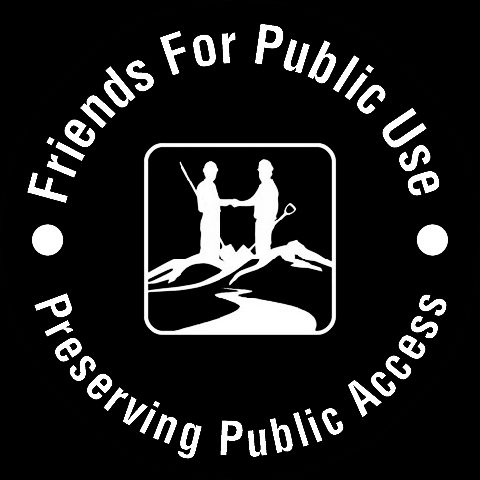
We remove brush that limits site distance and can cause a road to be preemptively closed.
We also clear culverts. There are hundreds of culverts on the forest roads and one blocked culvert can cause a wash out that requires months and tens of thousands of dollars to fix…if it gets fixed at all.
And we remove the accumulations of garbage that can cause a beautiful, natural spot to turn into a creepy eye-sore.
To work in partnership with federal, state, county, tribal and municipal governments to maintain public access to public lands.
That public lands will remain accessible by the public for generation after generation through stewardship, sustainable natural resources and promotion of responsible and respectful use, and by encouraging everyone who enjoys the outdoors to become involved in ways suited to their talents, strengths and finances that will aid in the upkeep of special destinations and their access routes and so preserve an integral part of our American heritage.
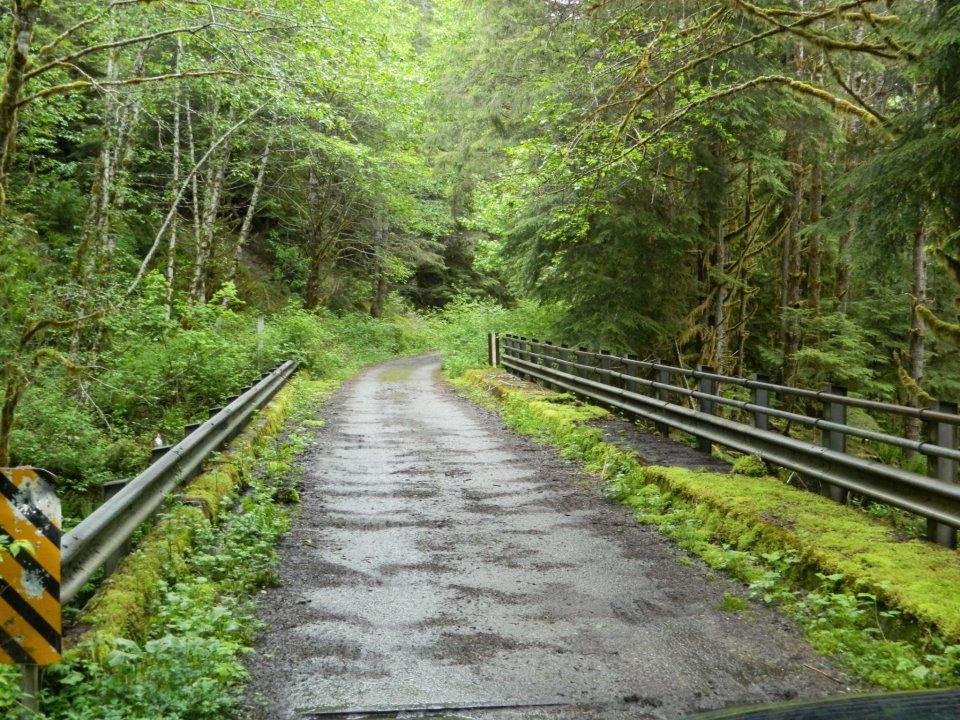
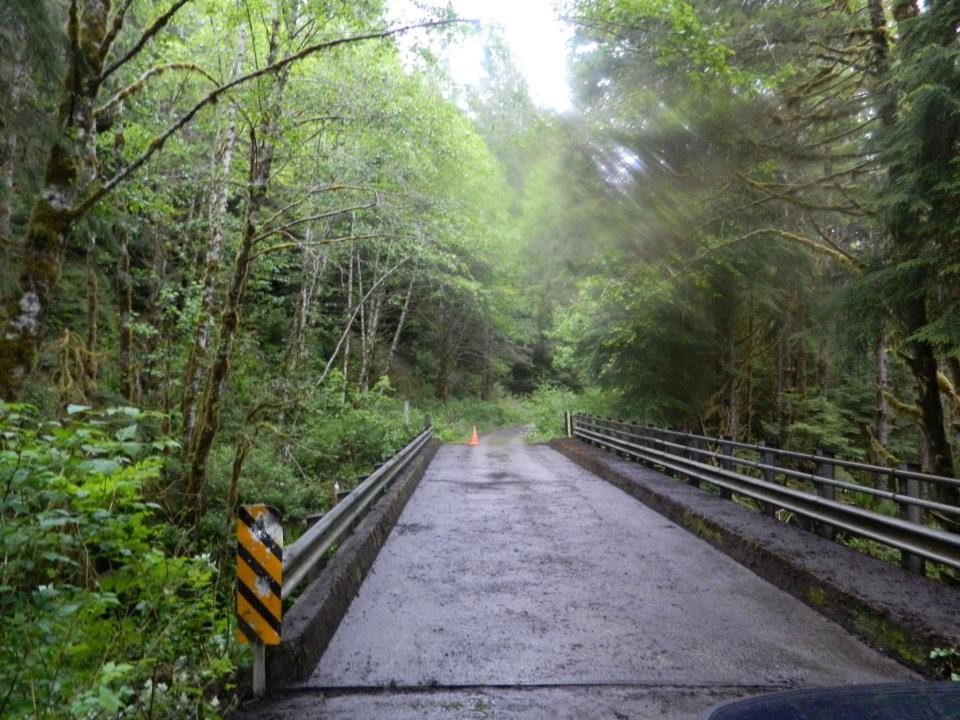


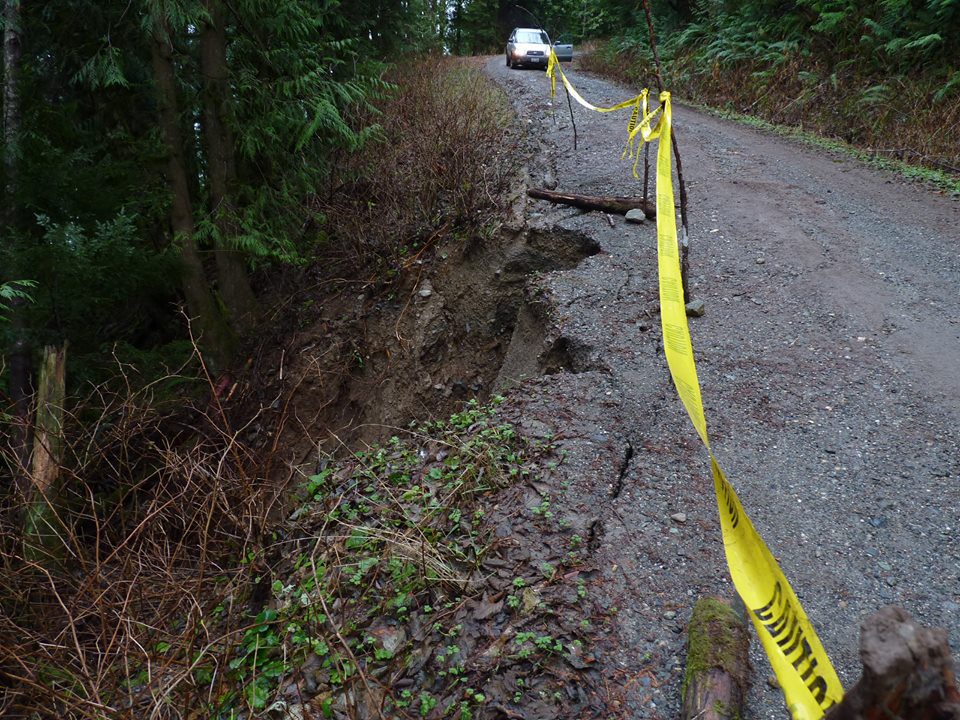
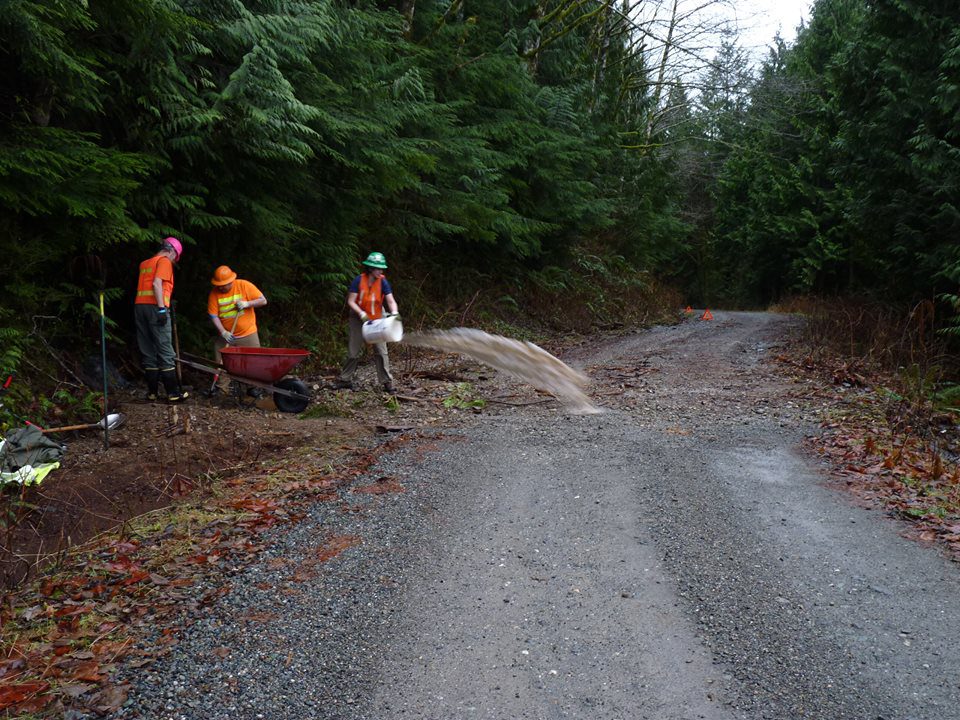
Please consider volunteering or donating to help us save
our precious forest roads and access to our back country!
Stay Connected
Friends For Public Use Membership Regulations
Safety Requirements:
When doing volunteer work with FFPU you must be dressed to meet safety standards. Wear long pants, boots, work gloves, hardhat and safety vest. When using power tools volunteers must wear a hardhat, eye protection and ear protection. Not wearing appropriate safety attire, which is required by our partnering government agencies, while working can result in a suspension as a FFPU volunteer.
Code of Ethics:
At all times remember the first word in Friends For Public Use is, “Friends!” Our volunteers are of all ages, capabilities, different gender, ethnic and religious backgrounds, etc. We embrace this diversity and expect all of our volunteers to respect each other, work in a safe and supportive environment.
Resting & Relaxing:
Remember you are a volunteer doing a wonderful service so please pace yourself and take breaks when needed. Bring a lunch and plenty of drinking water. We also make a point of all getting together for a long lunch during work parties. It’s the best way to get to know the people you’re working with! People usually slow down after lunch and take a break or two before heading back down the road at the end of the work day. We like to meet back at the beginning where we started our project and just take a little time to feel good about the positive changes a volunteer crew can do!
Identification:
We encourage volunteers to put their FFPU sticker on the vehicle they will have while volunteering. This helps with law enforcement and Forest Service to identify who we are and where we are. The publicity doesn’t hurt either.
When dropping off garbage or conducting other business at the Darrington Ranger Station or Verlot Information Center, all FFPU volunteers must enter the office, identify themselves and inquire if the office wishes to have them sign in first.
Removing Natural Resources:
Volunteers are forbidden to remove natural resources from work sites. Natural resources consist of, but are not limited to, vegetation, rocks and gravel, wood products, fill dirt, etc. If a volunteer has requested a permit to remove natural resources they must have the permit with them while executing this job.
Road Trip Reports:
A road trip report must be turned into the FFPU Coordinator after work in a timely fashion. To begin your forest road report, drive to the beginning of the road that you will be reporting on and zero your odometer. You will now record your observations and work on a mile by mile. Example: you are driving along and come to a log blocking a ditch at mile 5.1. You will write down the mileage, take a photo of the existing problem and fix it if you can. After this problem as been fixed take a post photo of your work. Make a note about this location if there has been ongoing road damage occurring due to the problem. We take before and after photos so that various forest service departments can see the road situations that are occurring and even though the roadbed may show signs of some erosion that this problem has been resolved. Please be sure to record your volunteer hours starting from turning up the forest road and ending at the exit of that road. Also record garbage remove from the road in estimated cubic yards or gallons. If your road has concrete or wood bridges, then organic matter and vegetation should be removed annually.
Be prepared:
- Bring plenty of food and drinking water, both for you and a possible over heated vehicle.
- Be ready for weather changes and keep rain gear handy.
- It is advised to have a saw with you while working on forest roads you never know when a tree will come down across the road.
- Have emergency phone numbers with you. While driving take time to check where you have cell service in case emergency reports must be done. You may need to report situations such as washouts and other severe road damage, forest fires, timber poaching or personal injuries.
- Turn around before you have to turn around for snow and road damage. We advise practicing turning around on forest roads where there isn’t a turnout. Get to know navigating a narrow road.
- Friends are probably on the forest roads more than any other organization so there are chances of encountering the unexpected and we have!
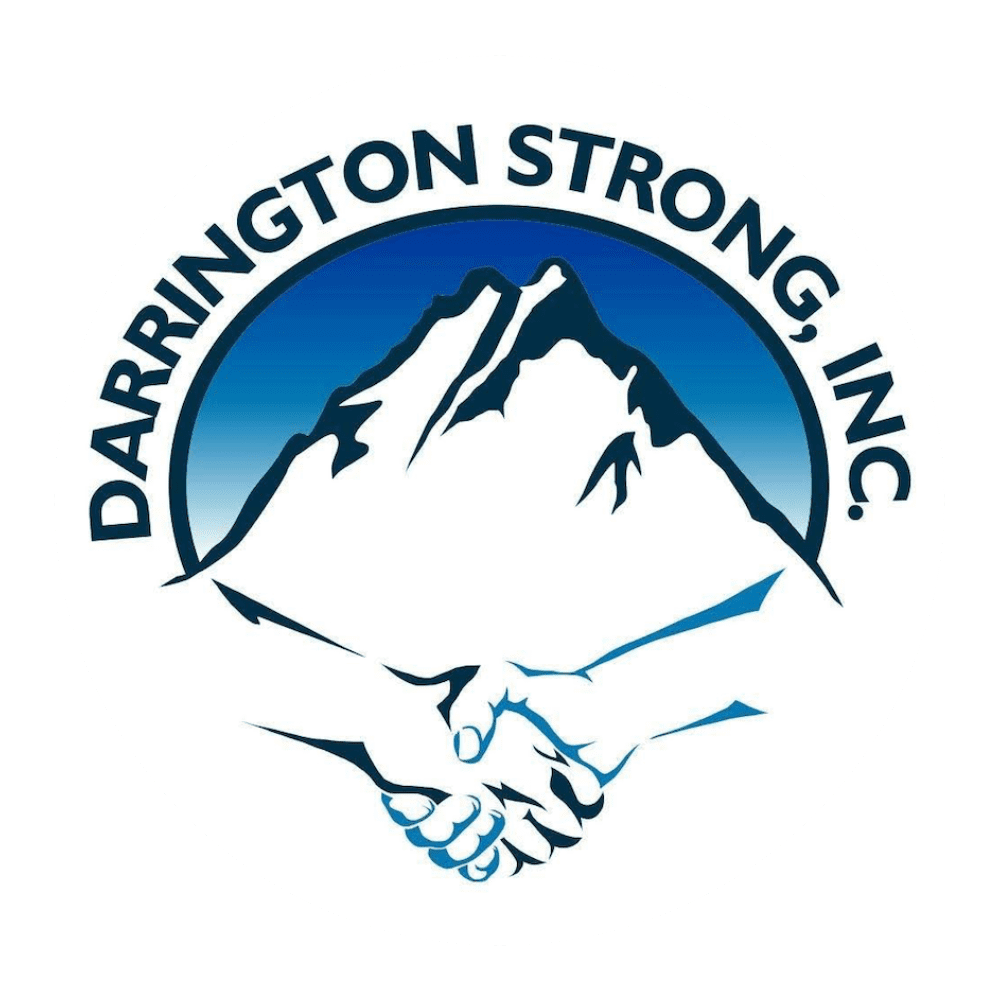
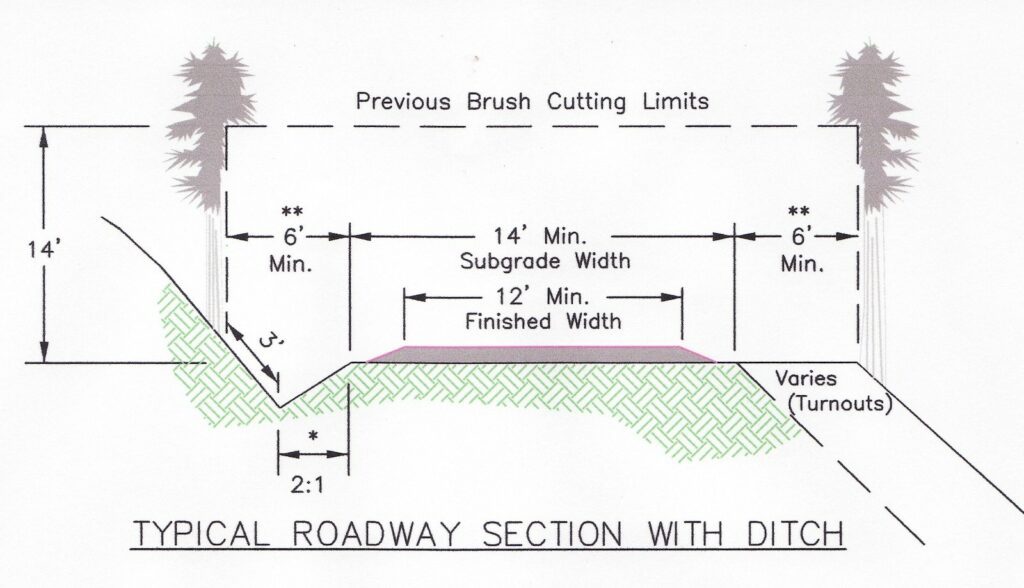
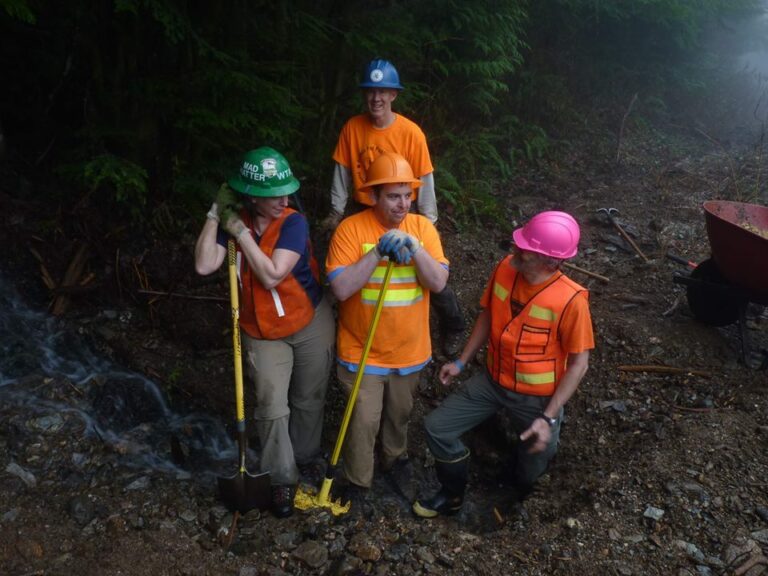
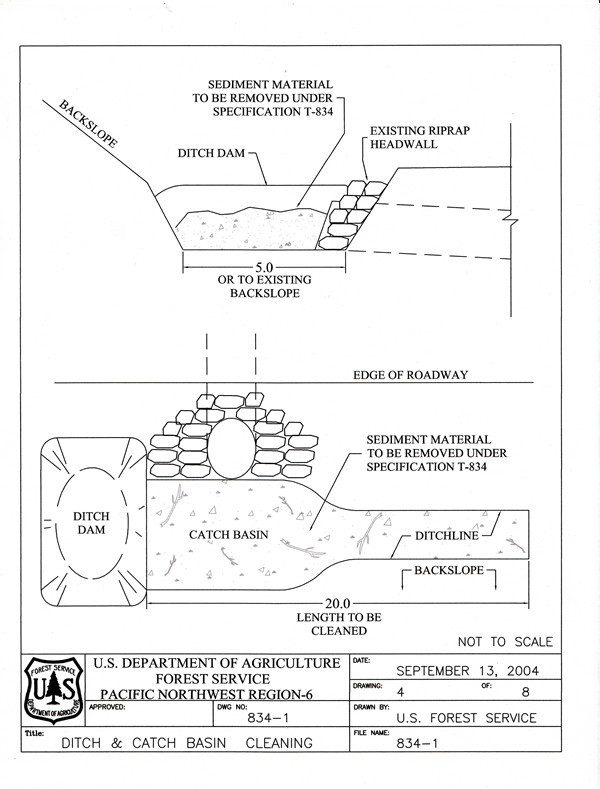
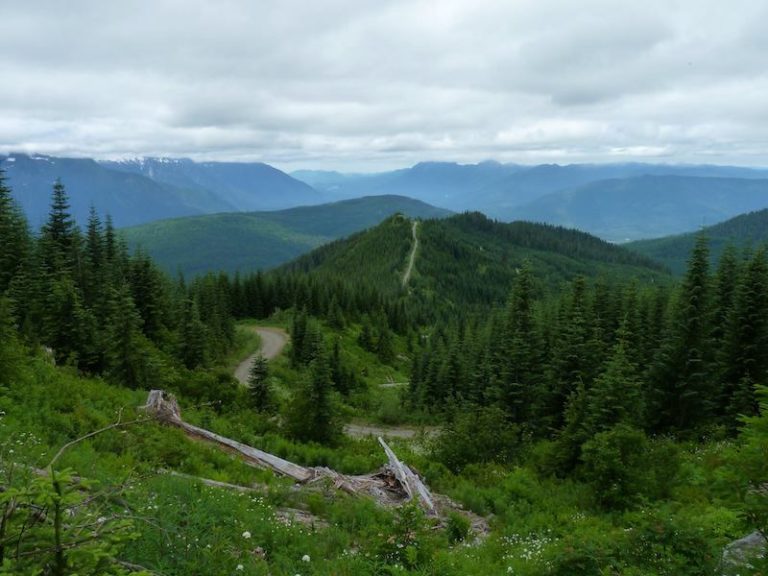
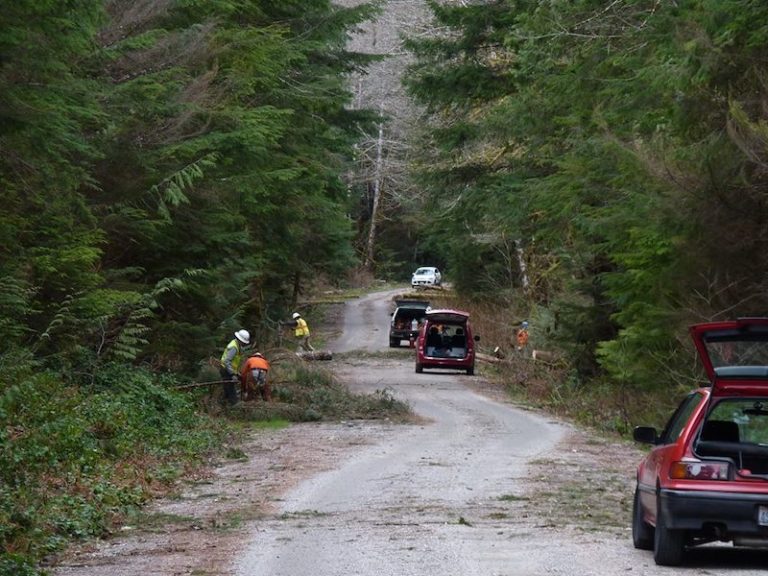

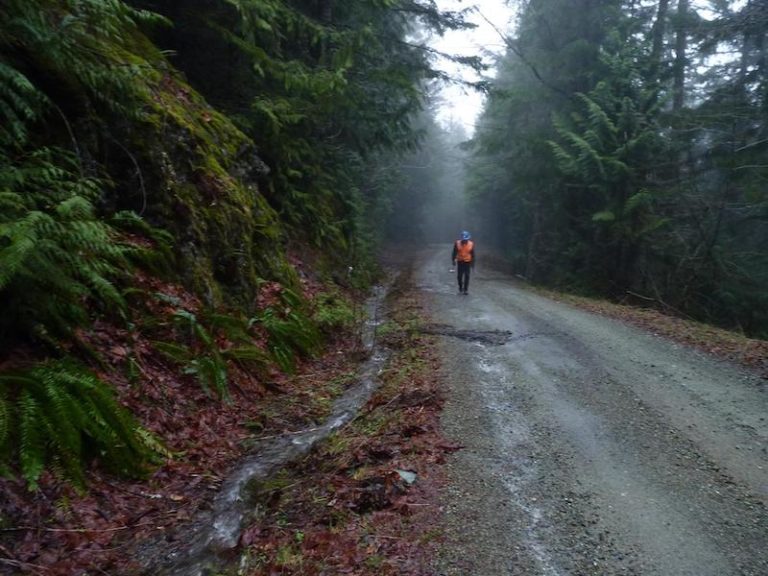
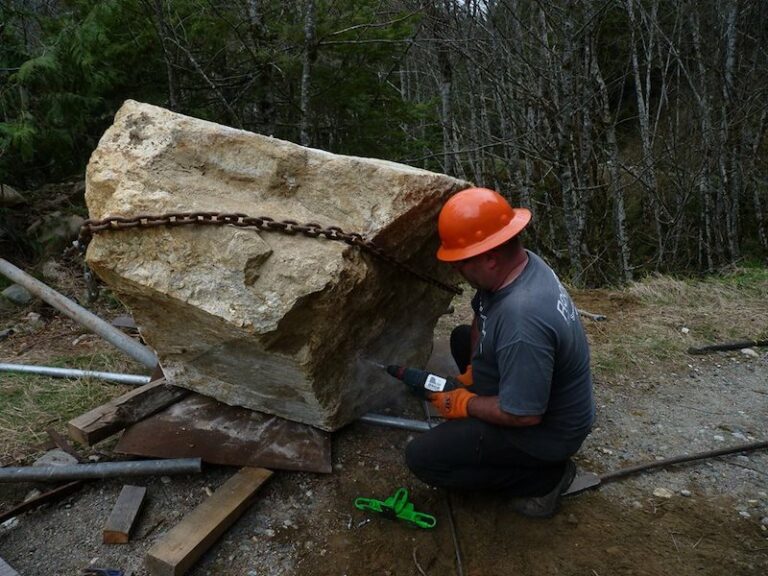
 by Heart Light Digital
by Heart Light Digital